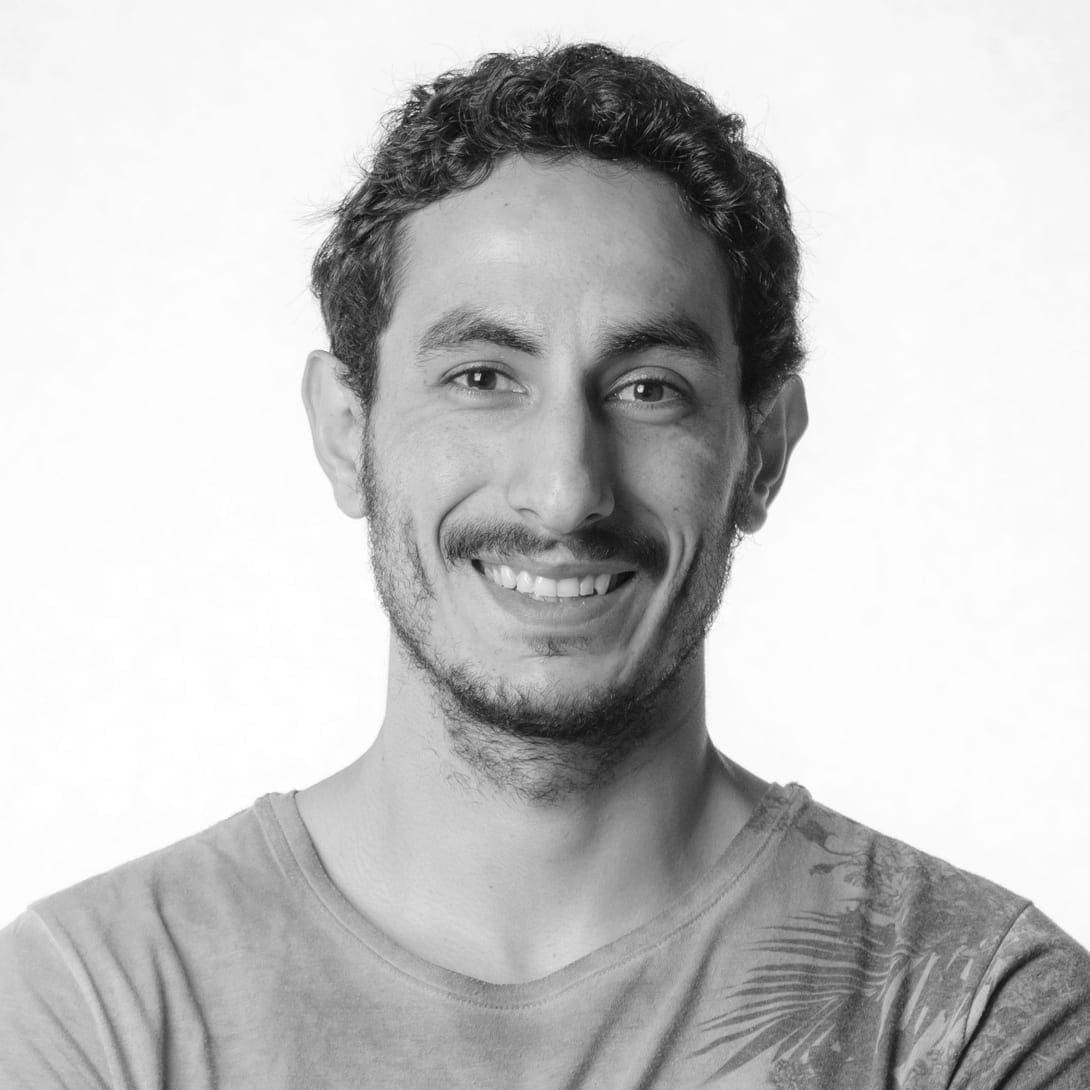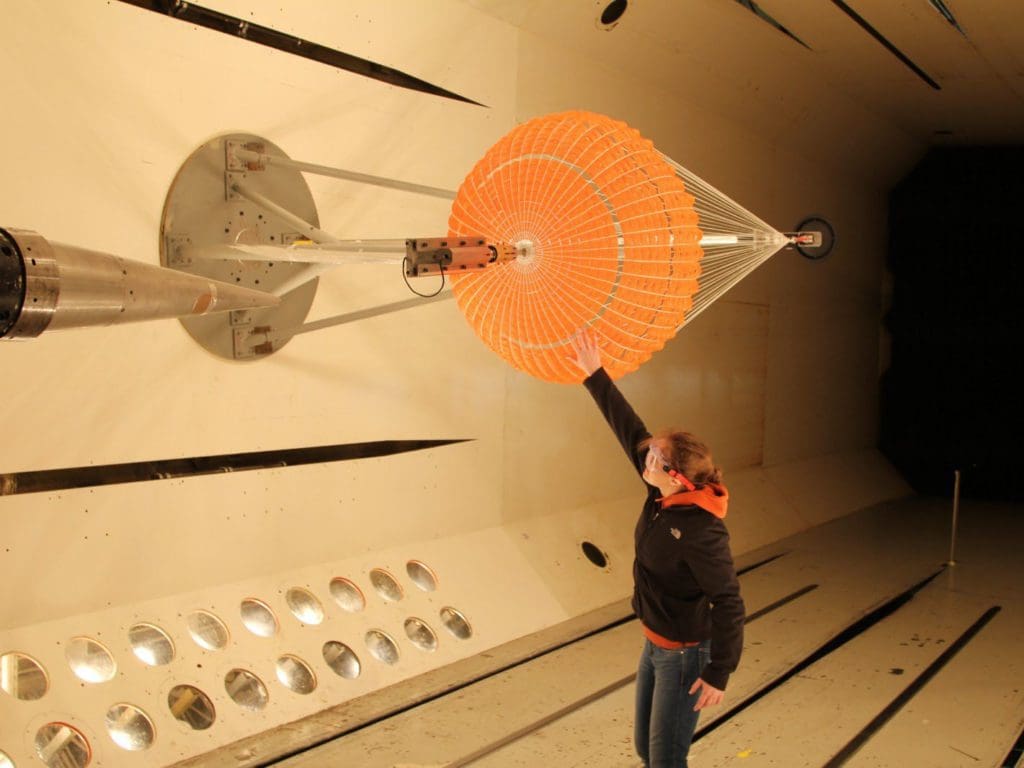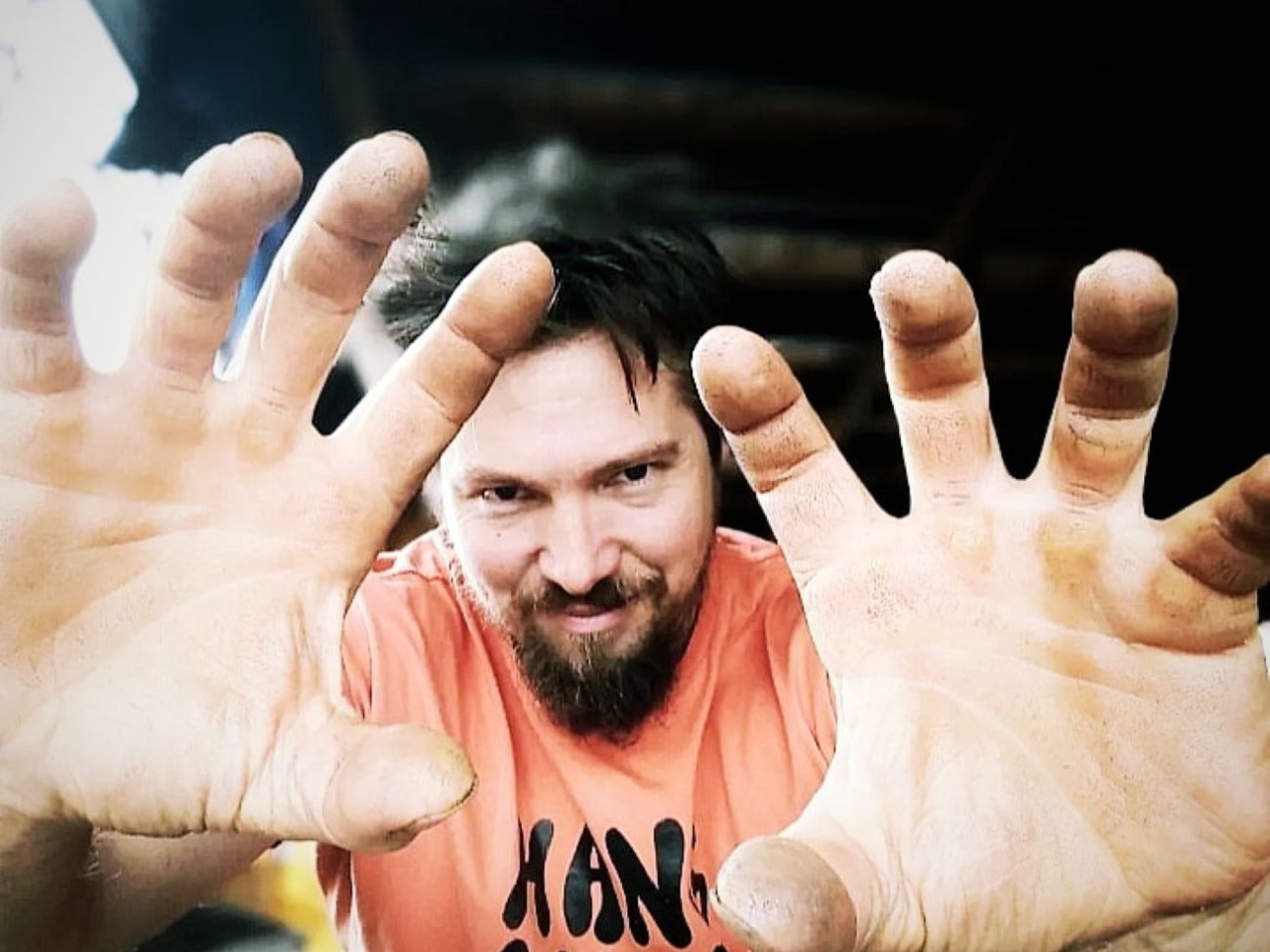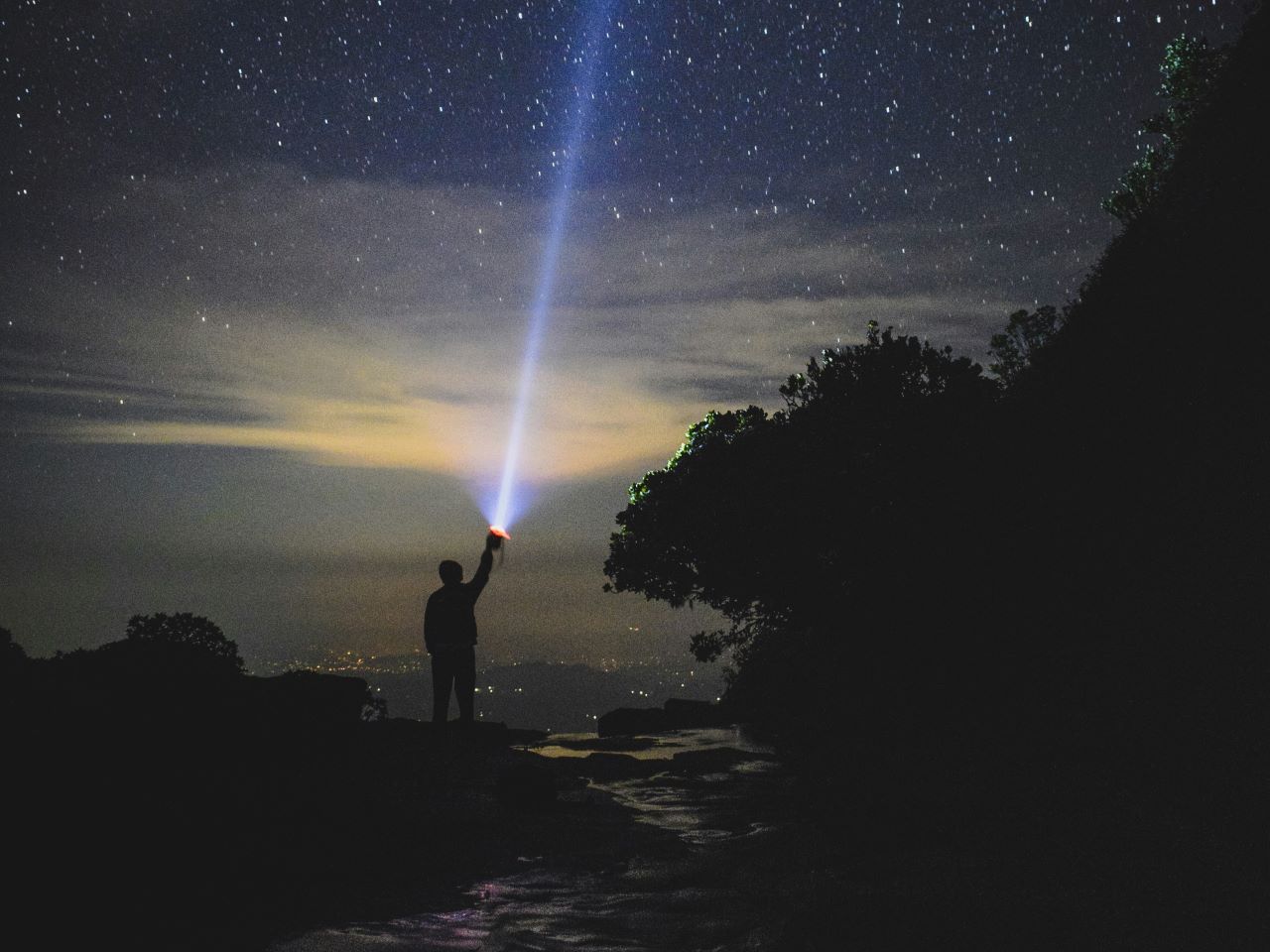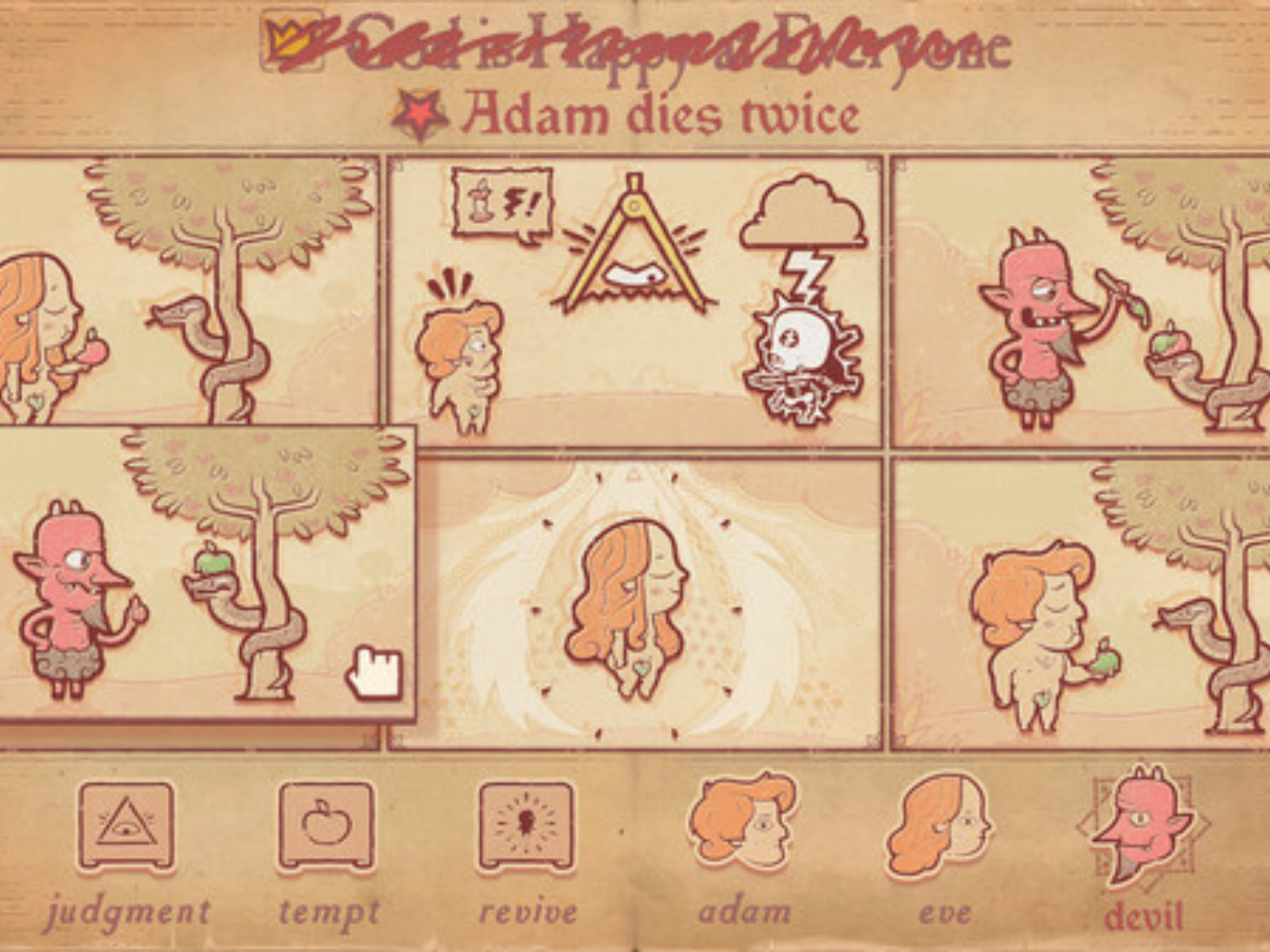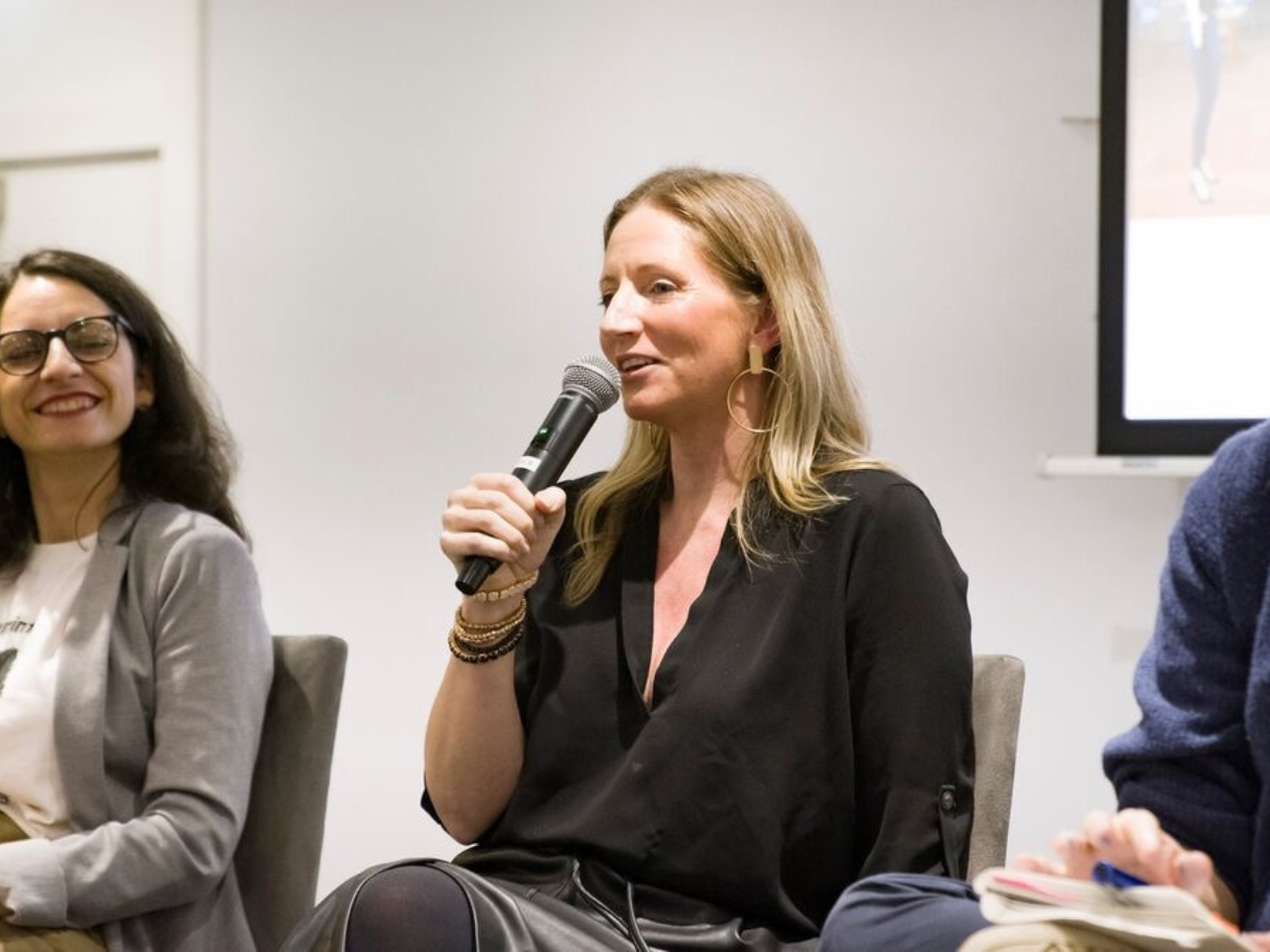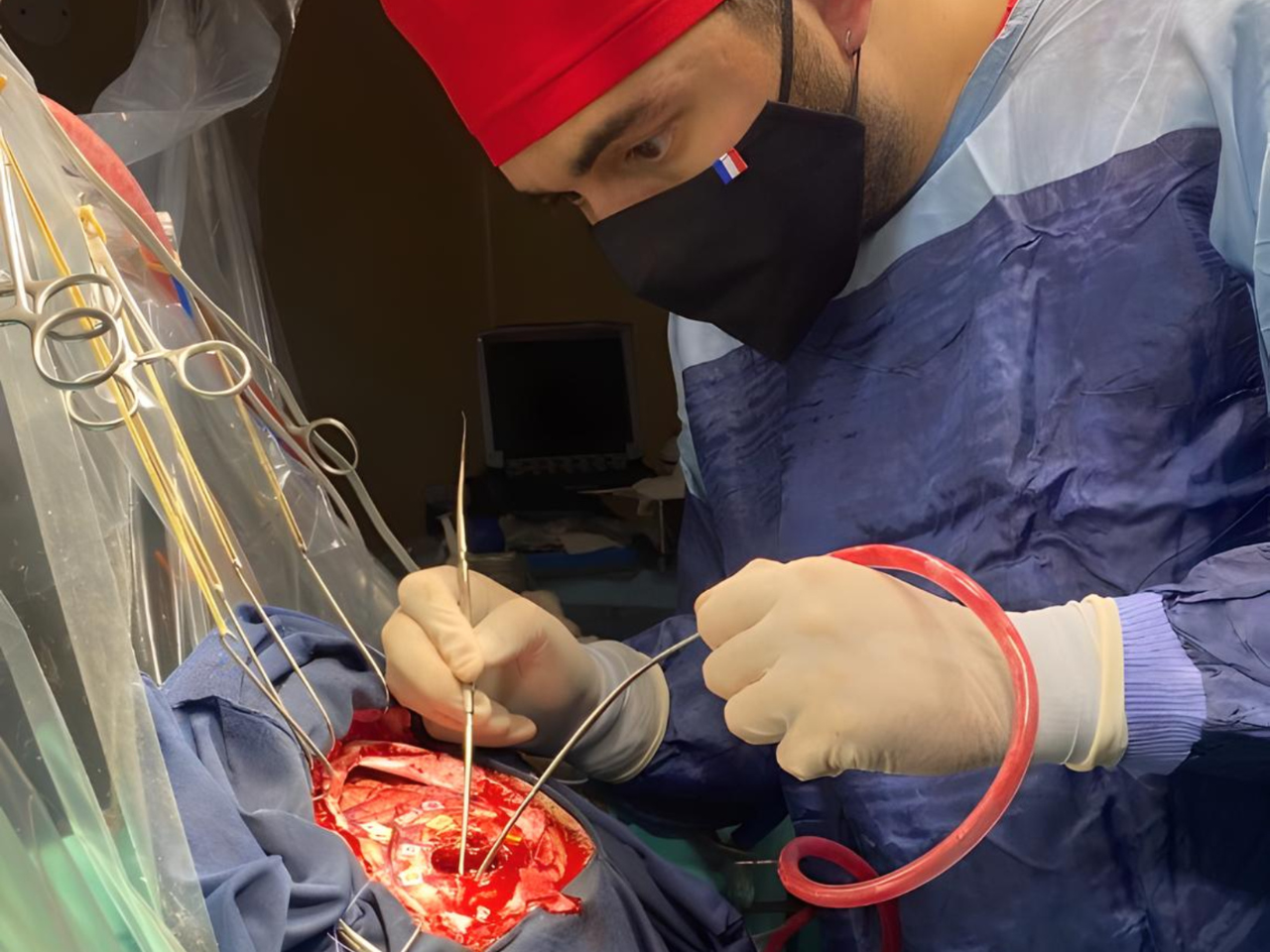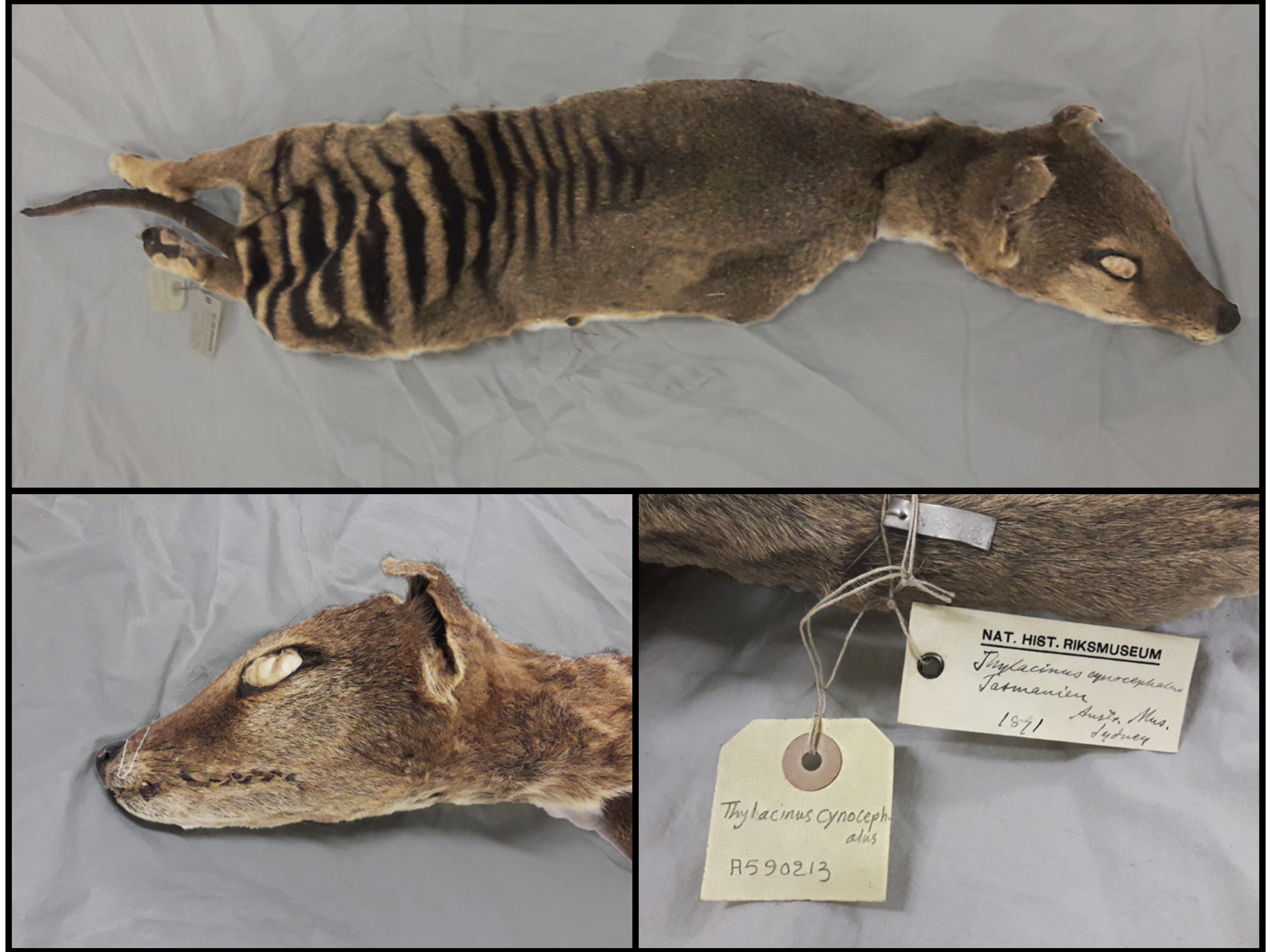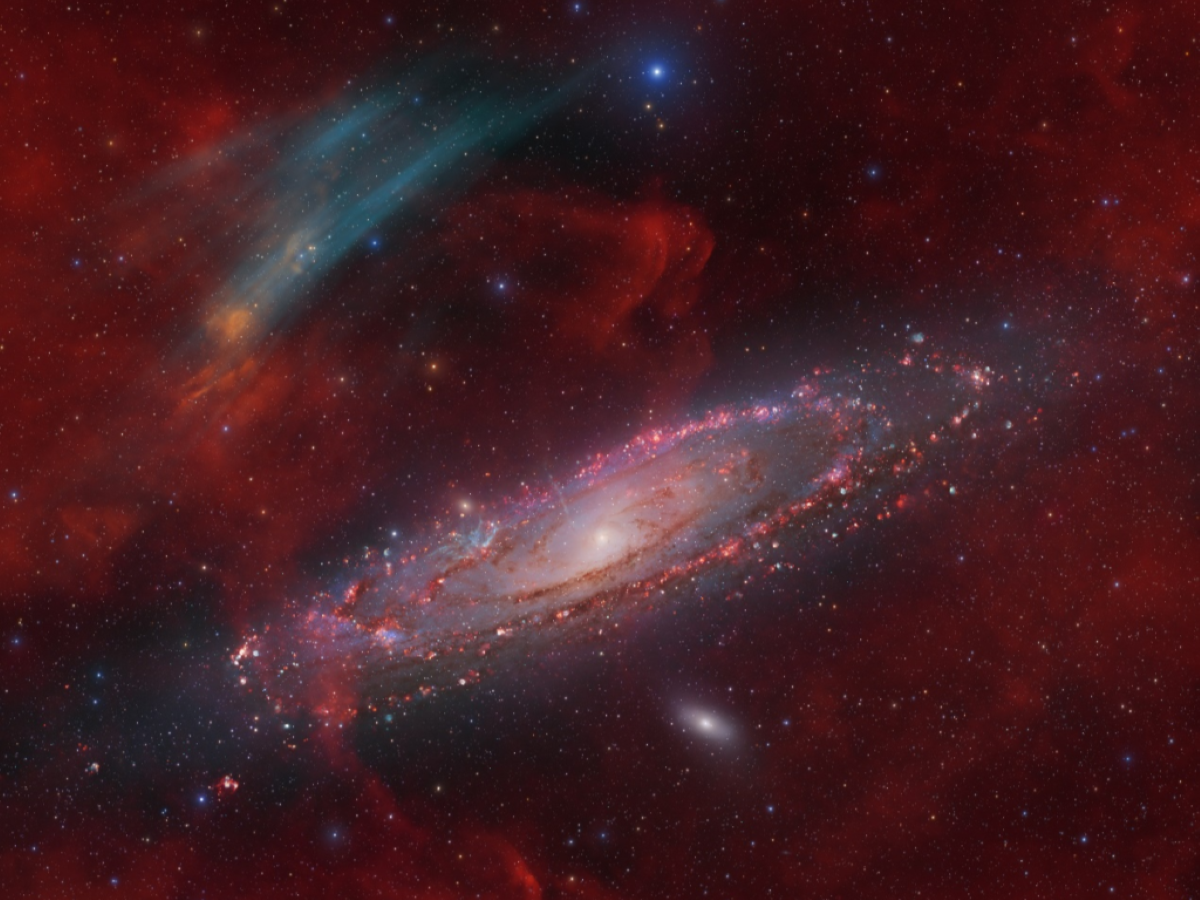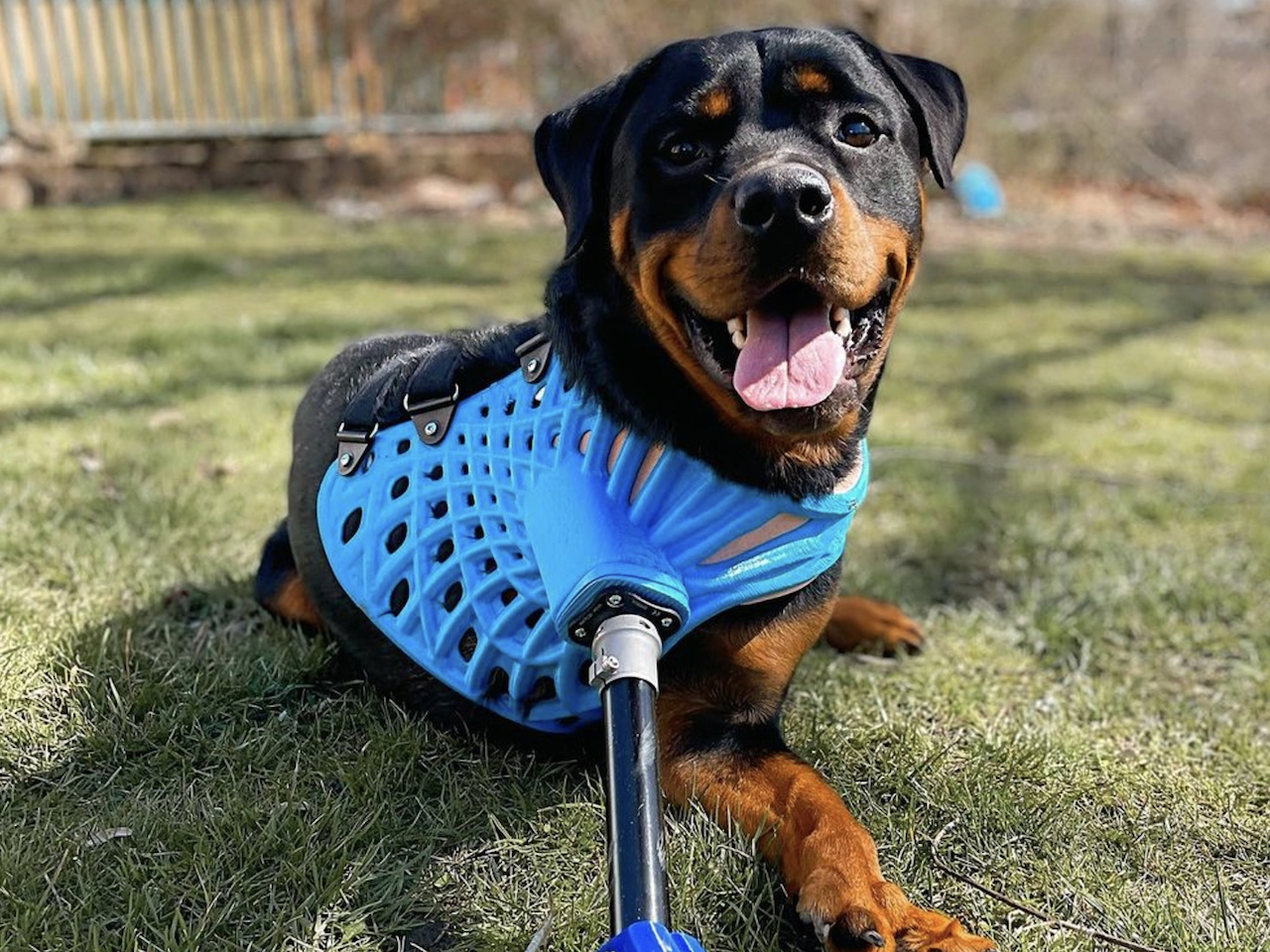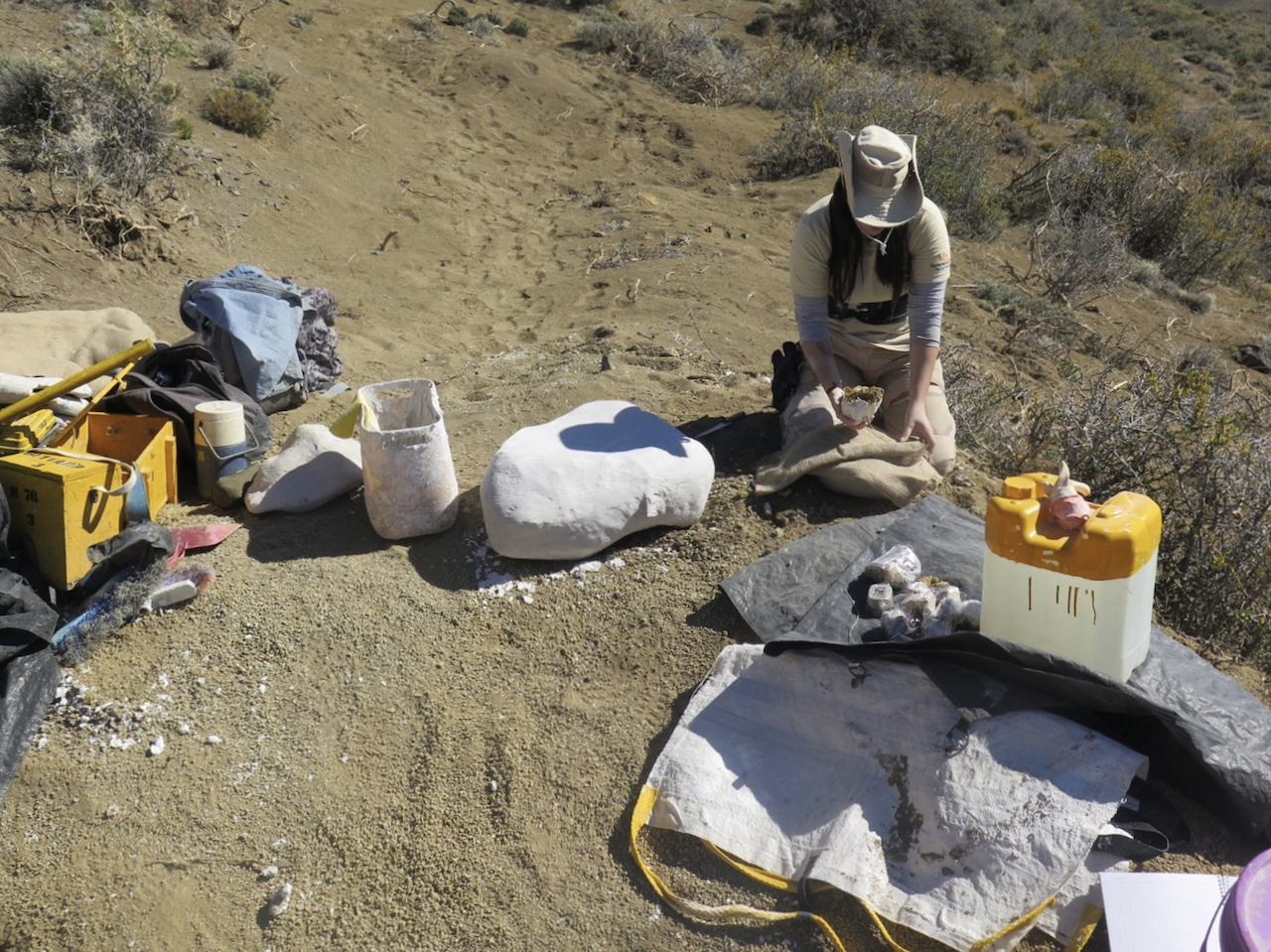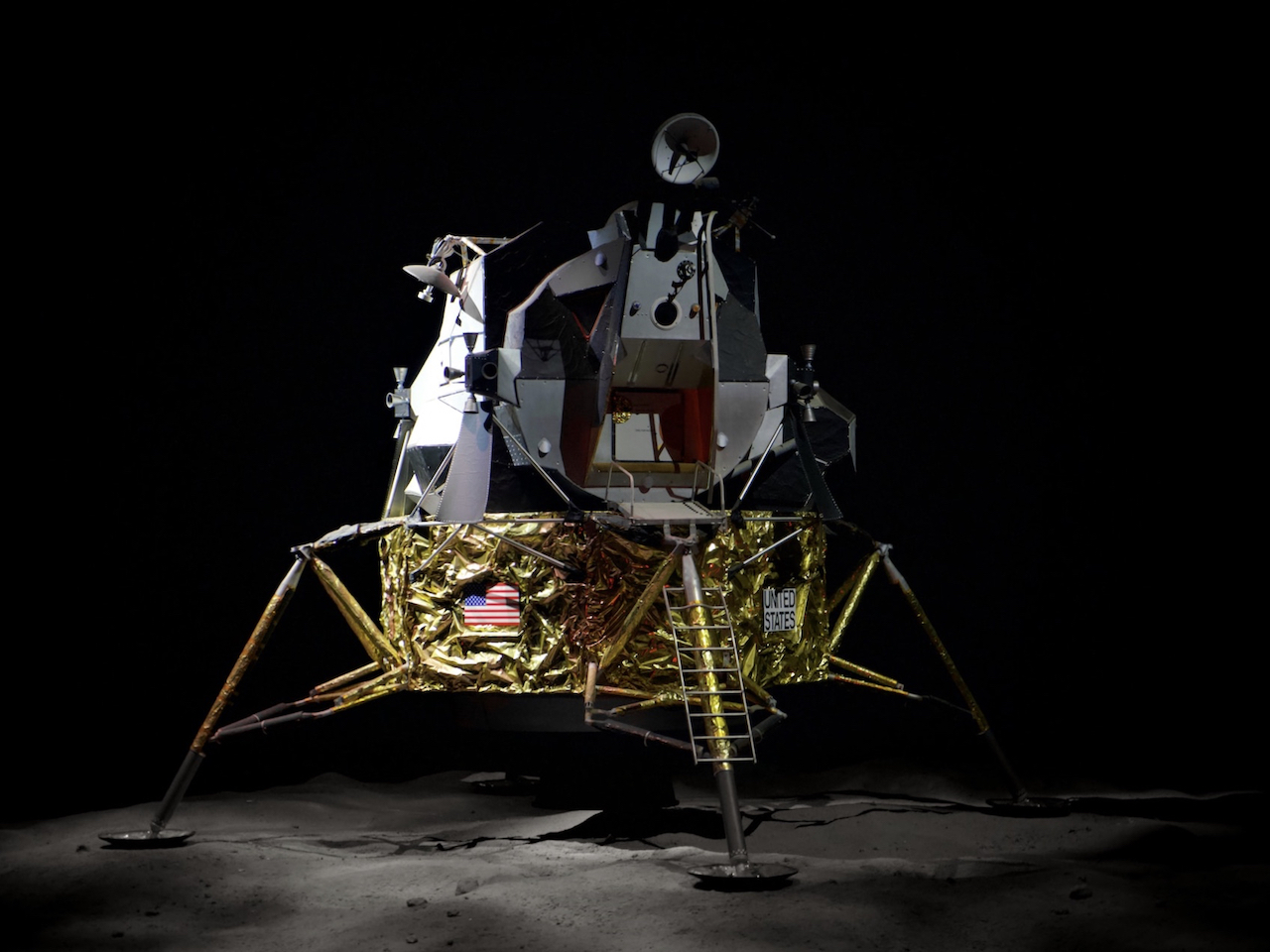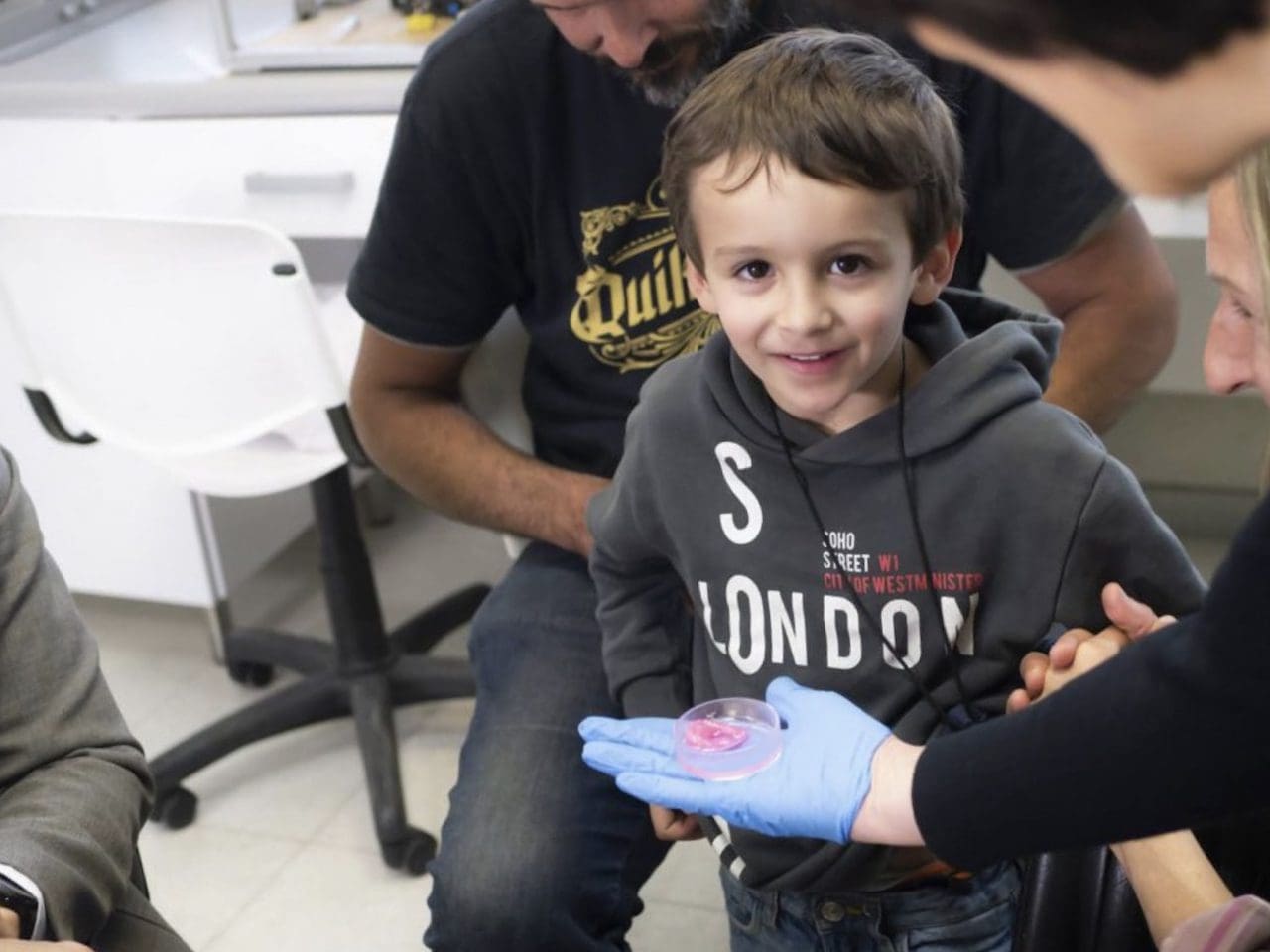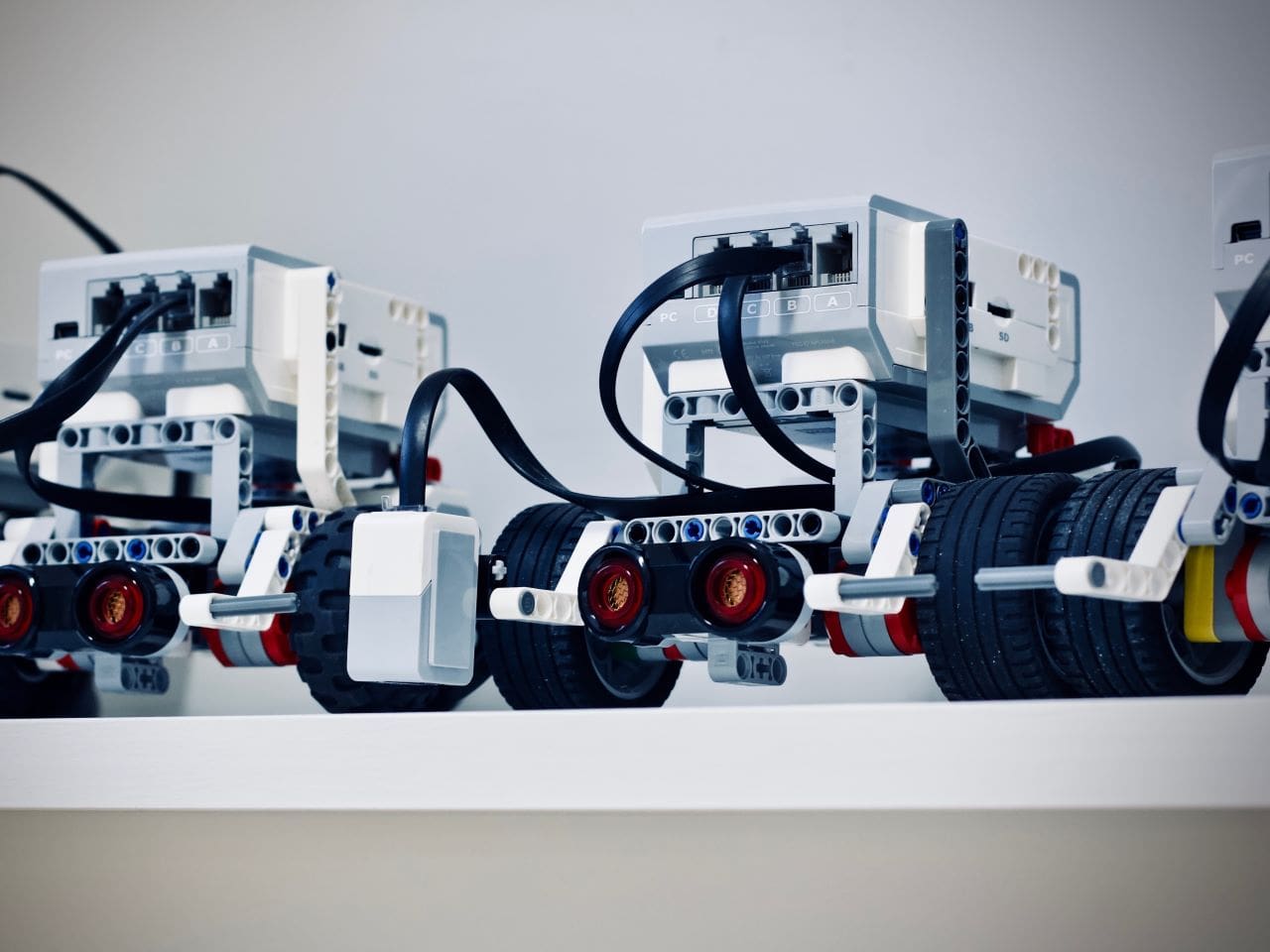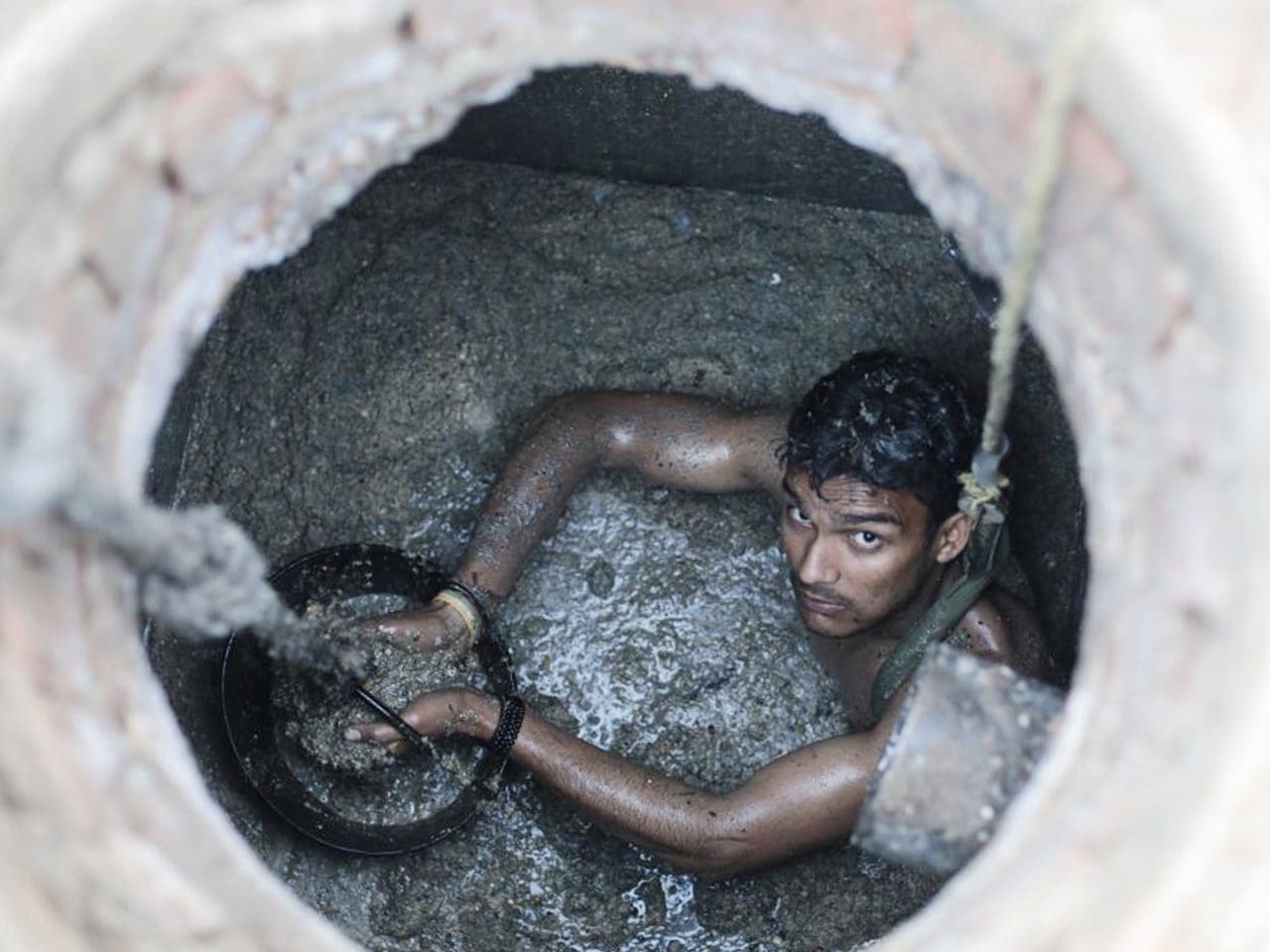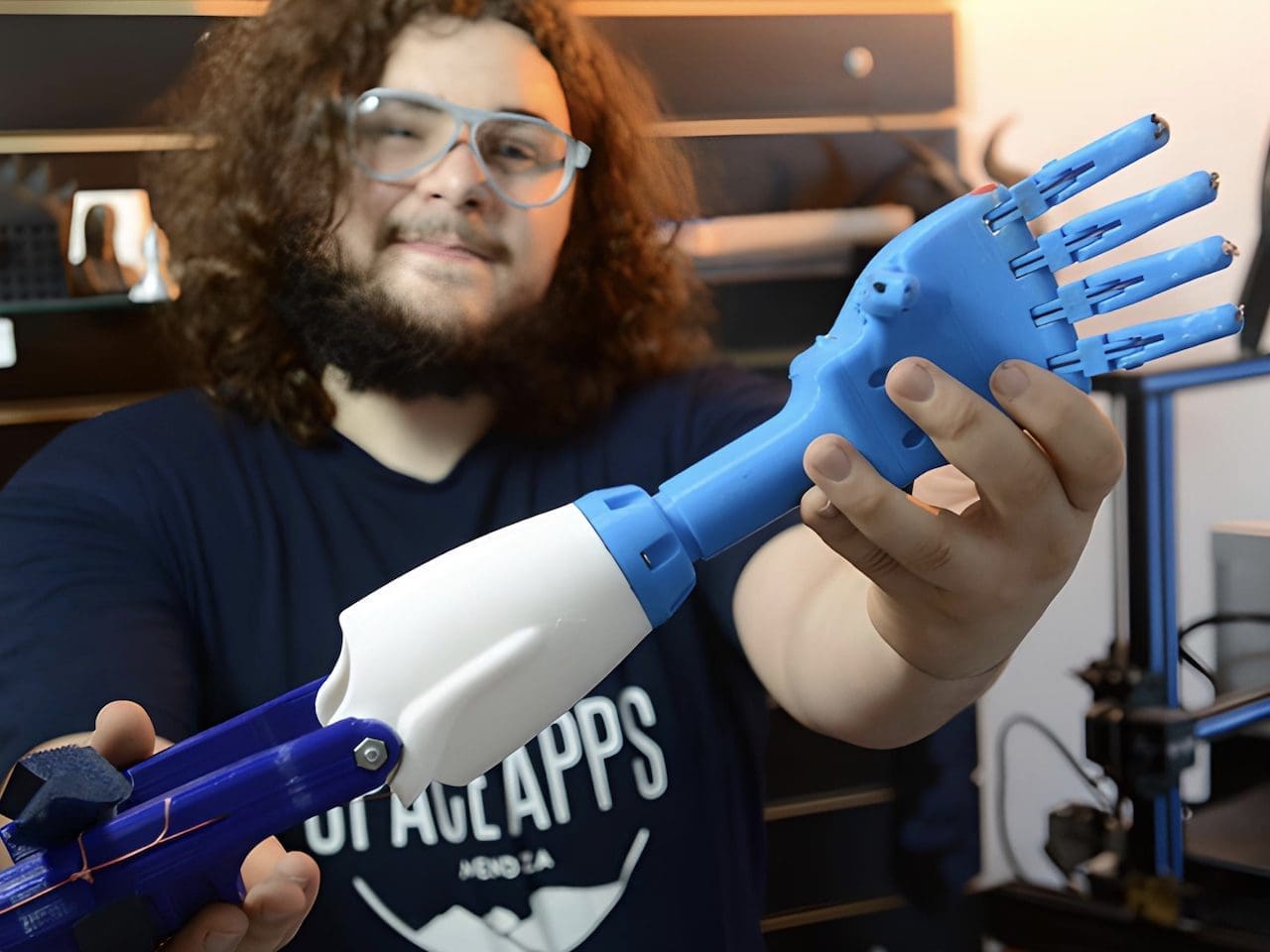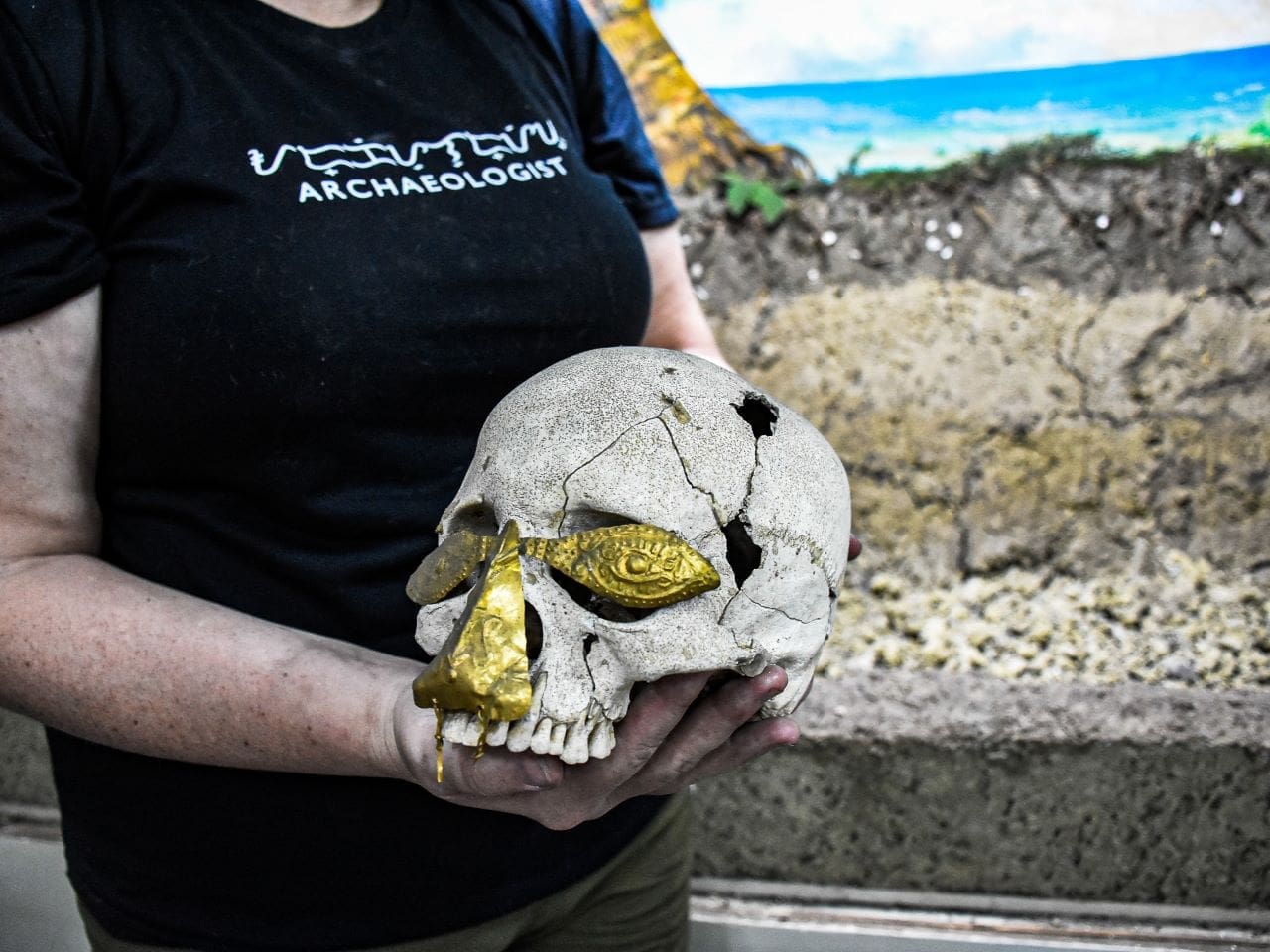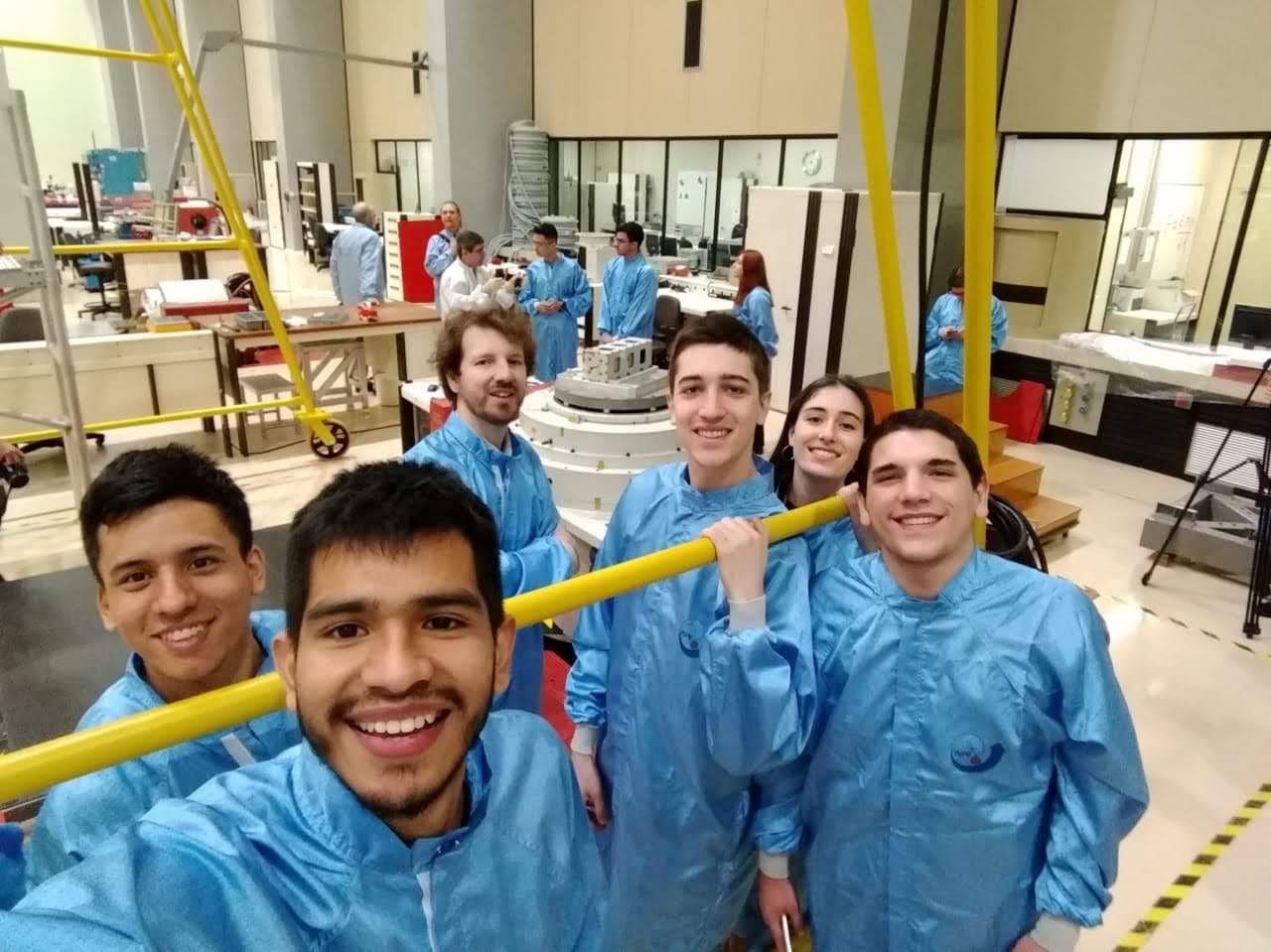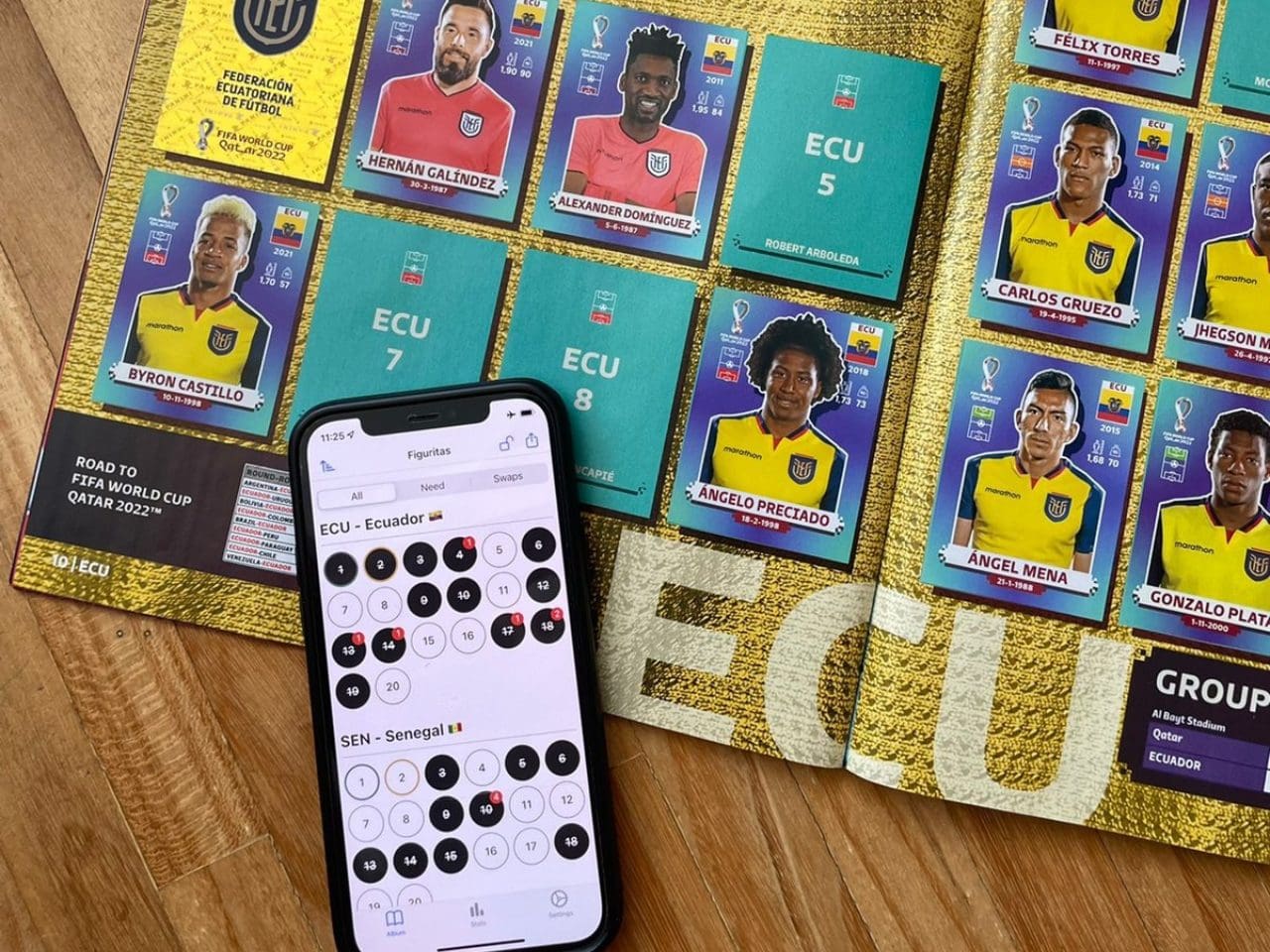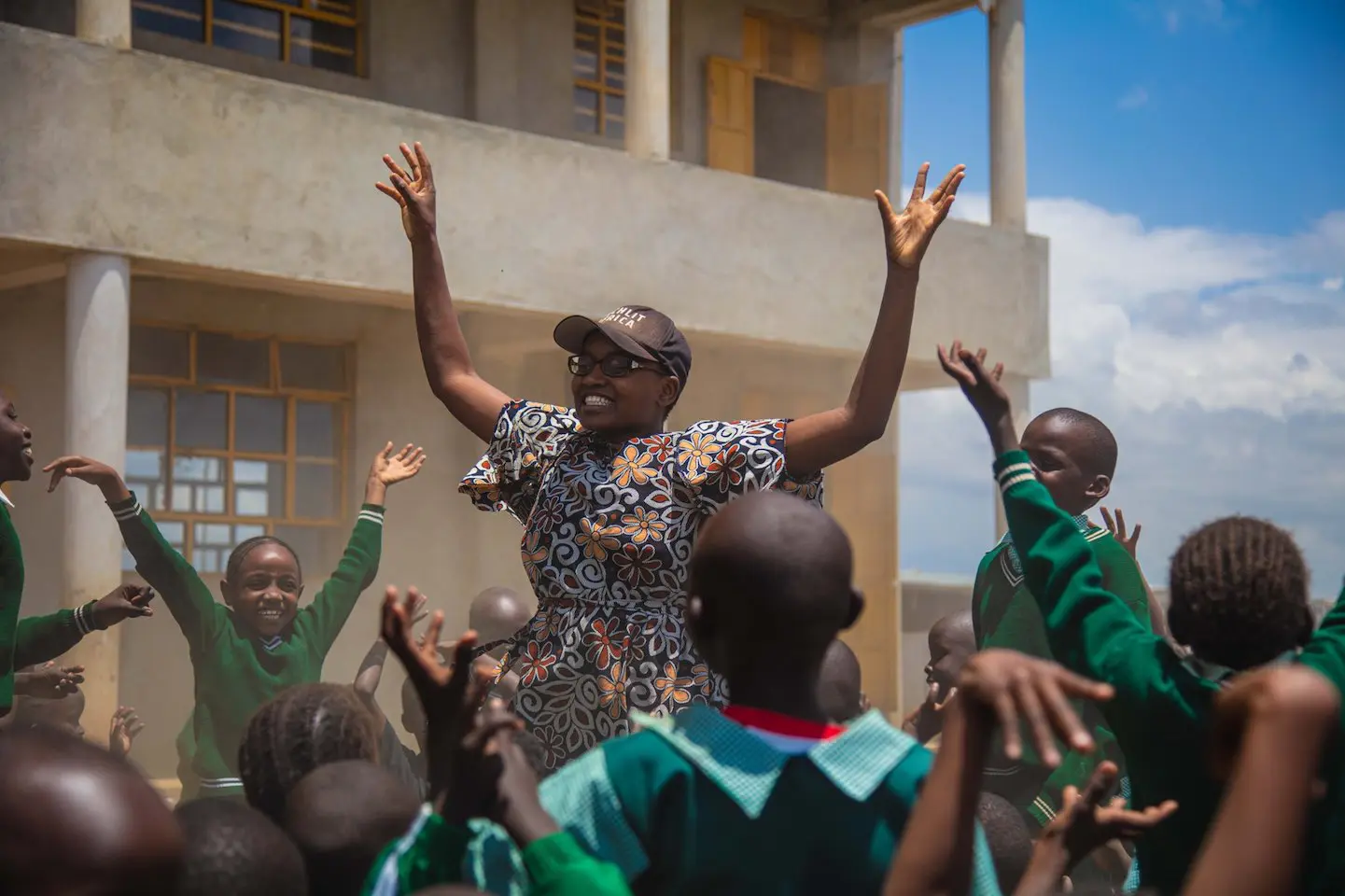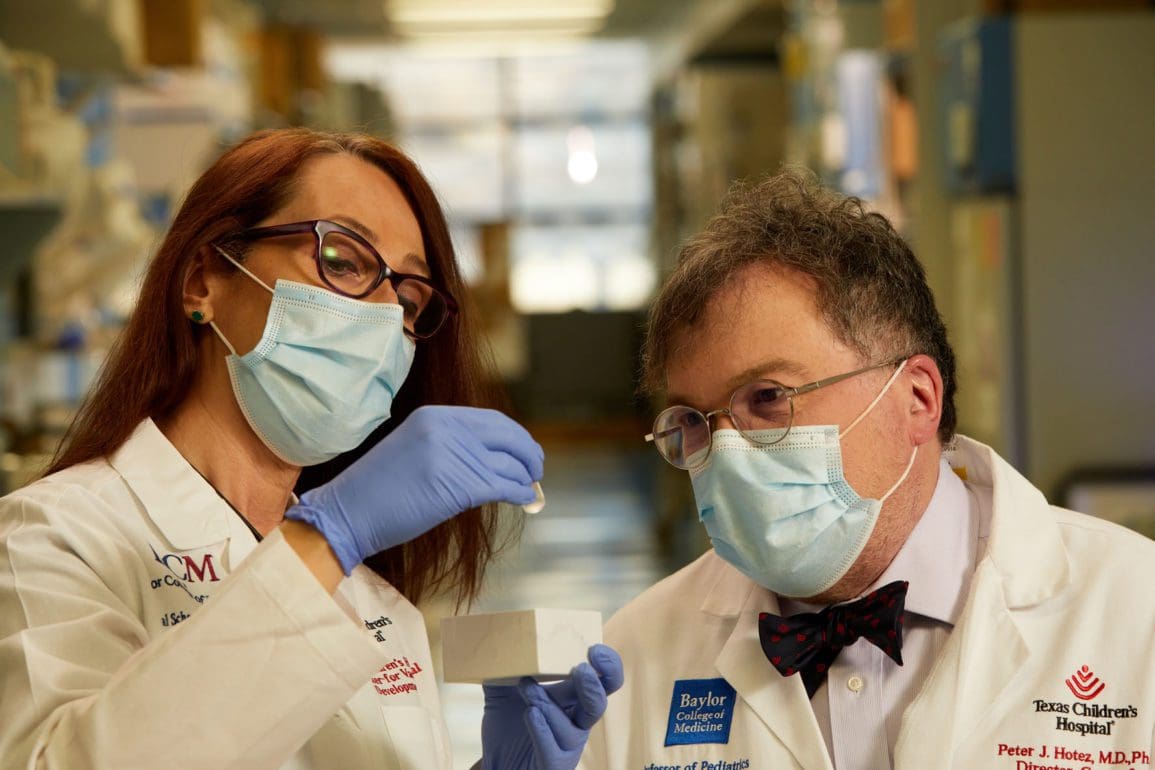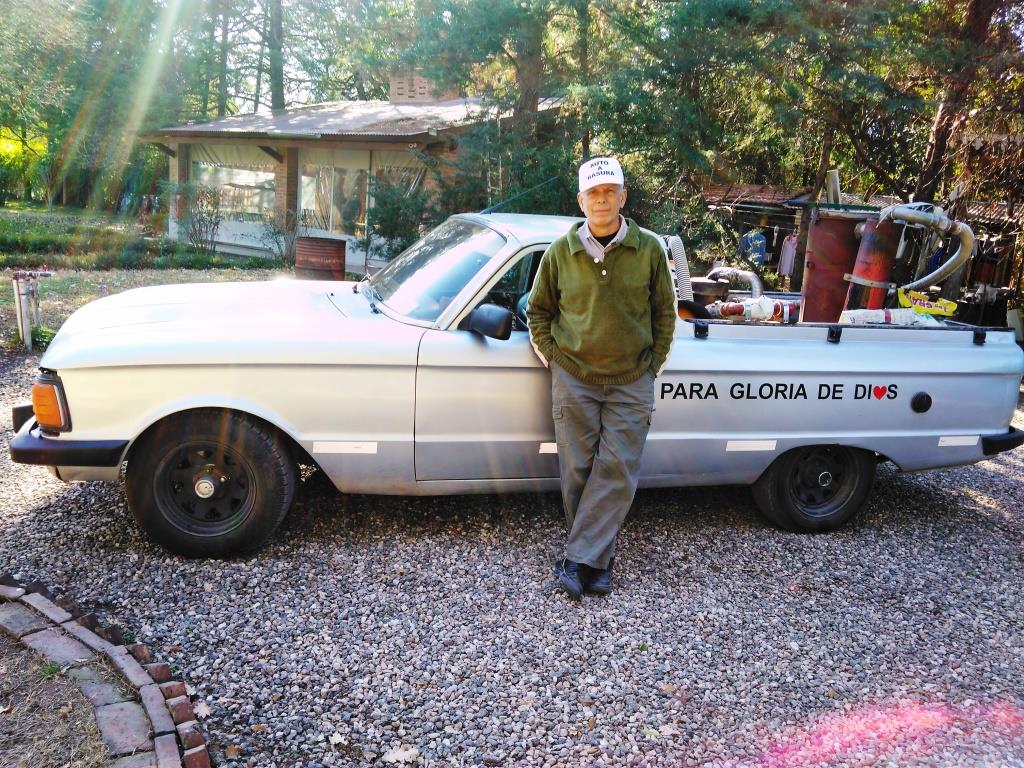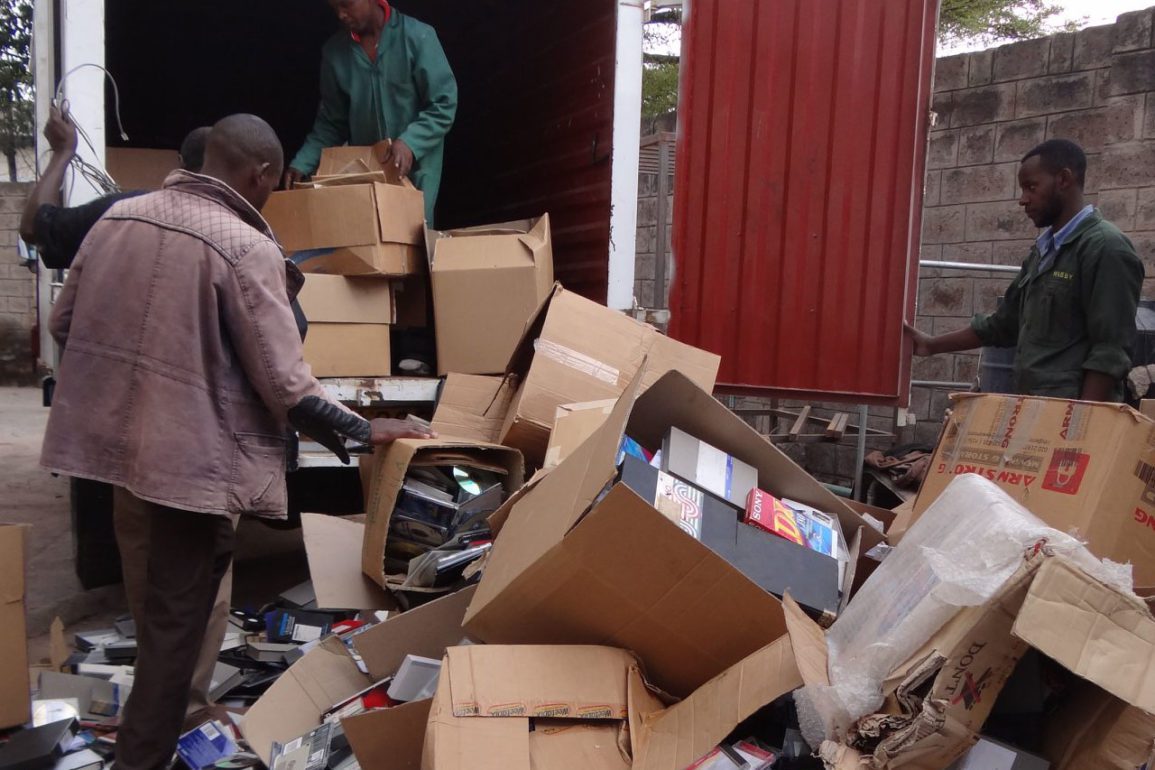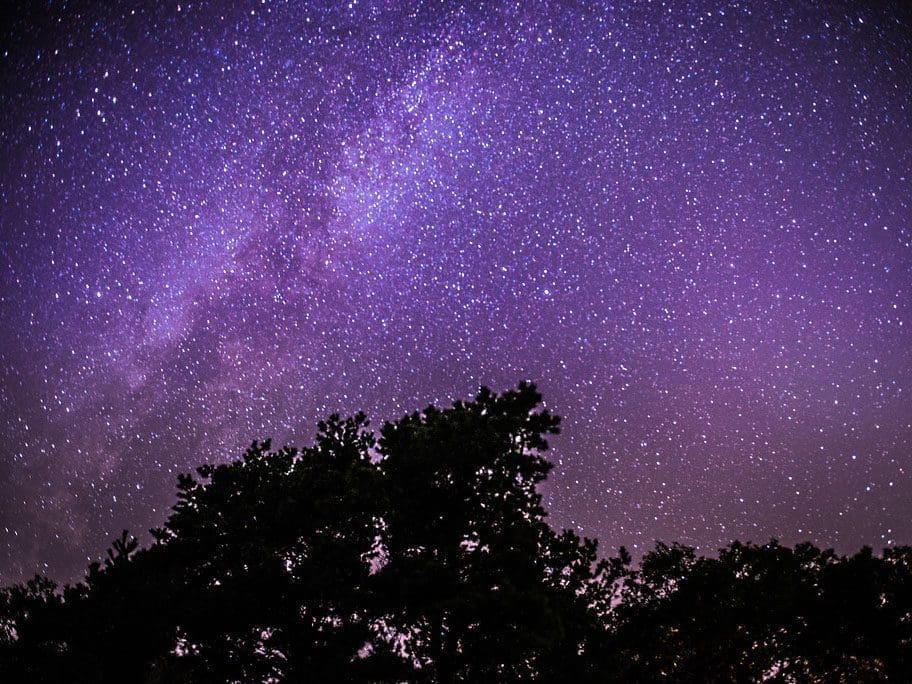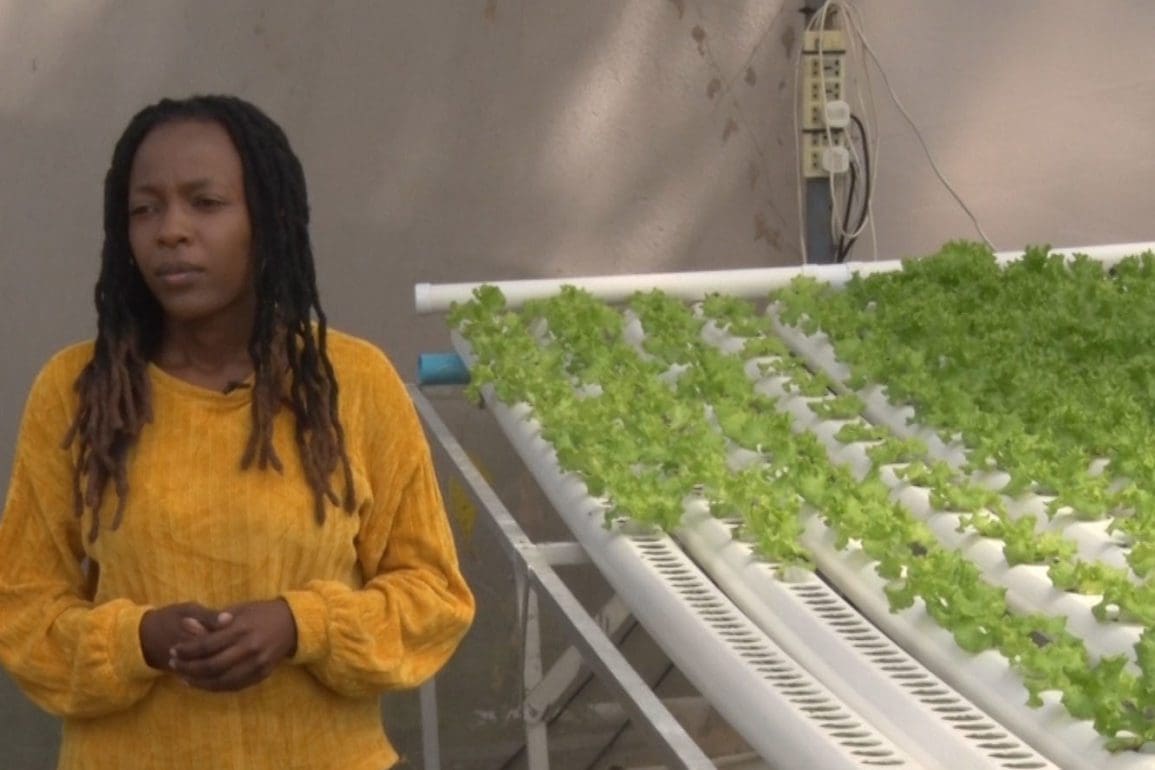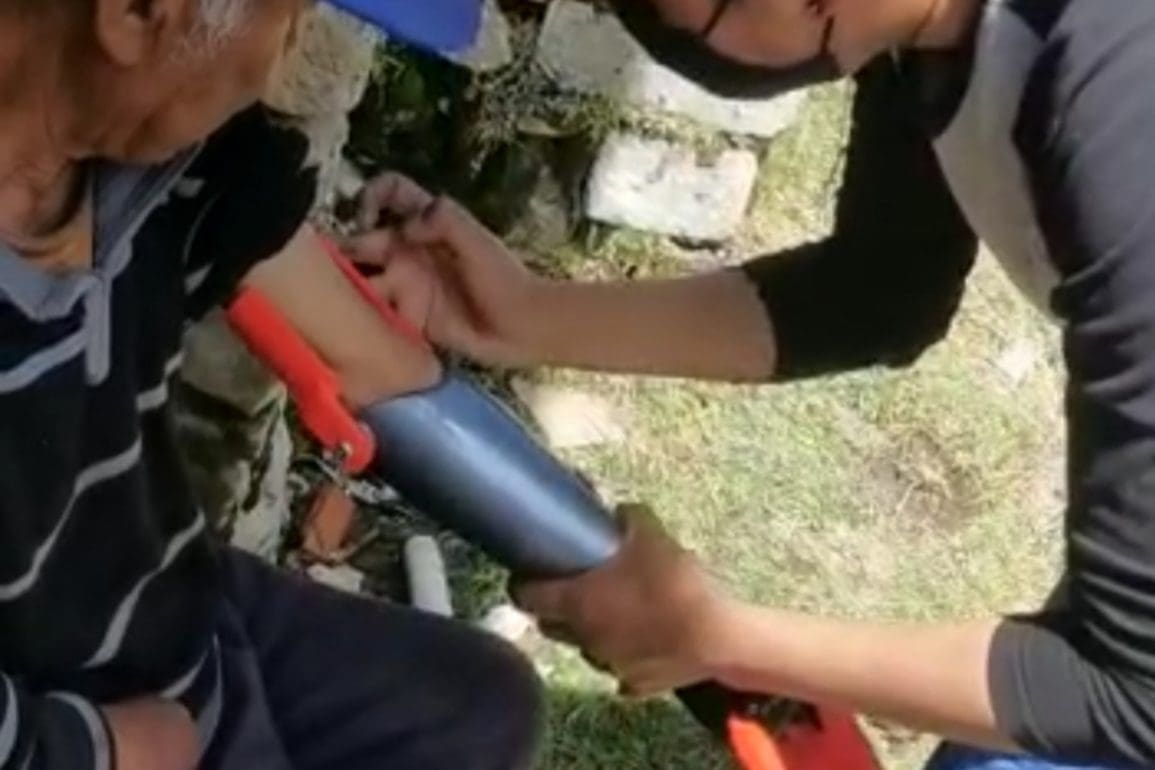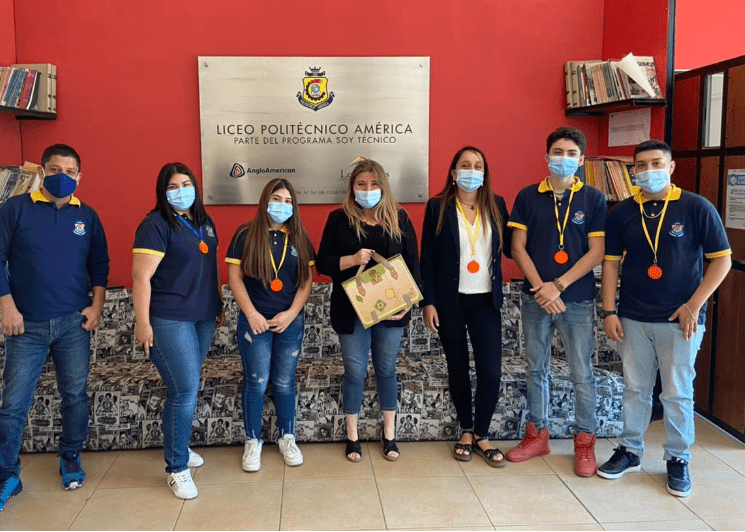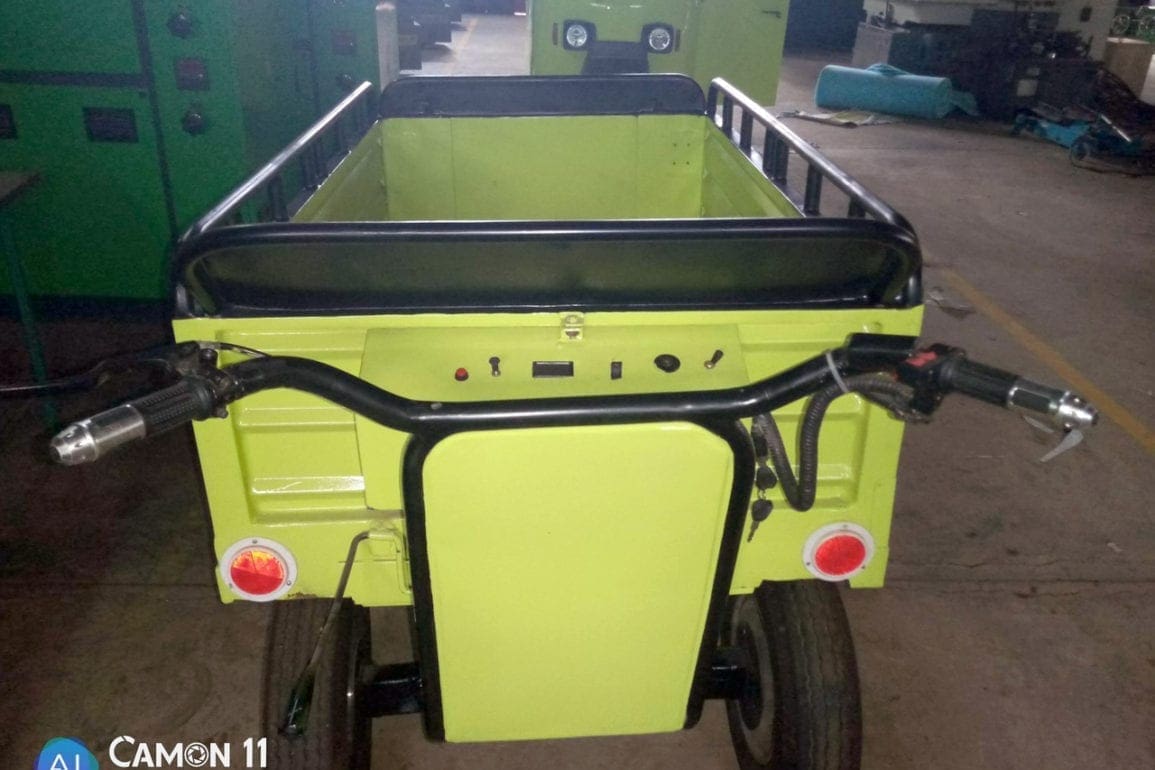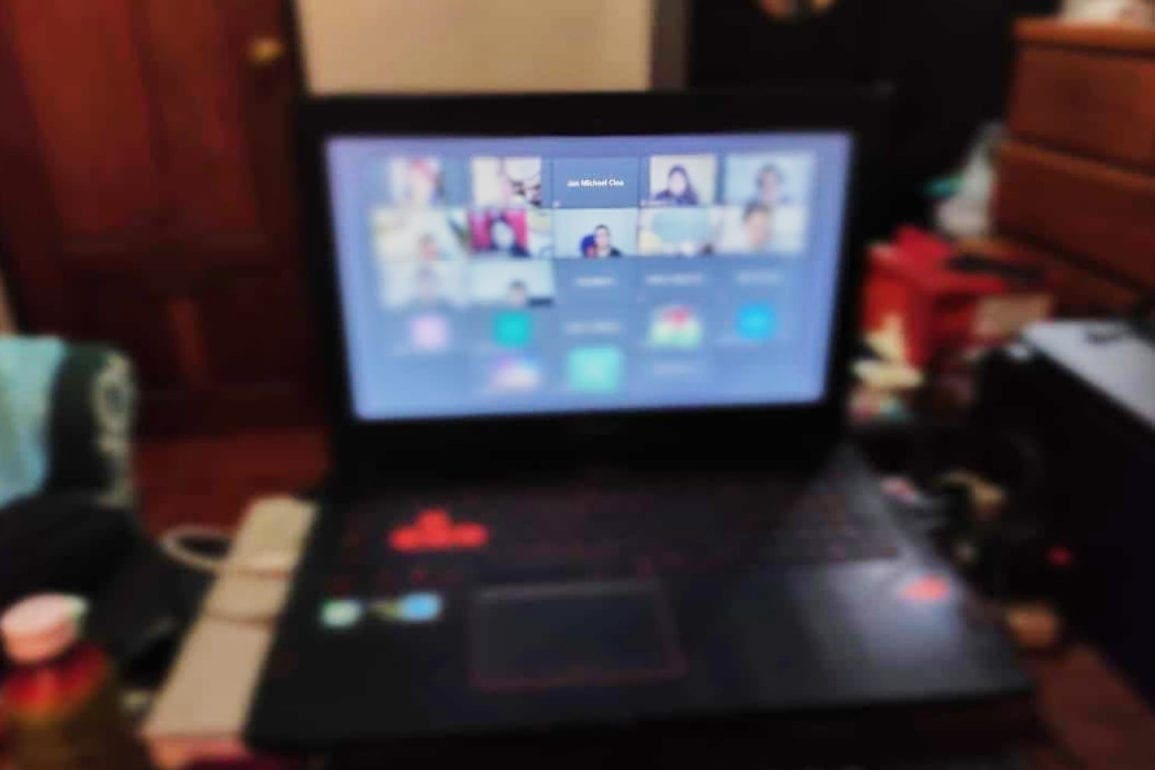Argentina native helps NASA put Perseverance rover on Mars
Around my desk, photos of my family sit next to images from space missions and scraps of robot parachutes made to collect data from Mars. This is my work: utterly earthly yet extraterrestrial at the same time.
- 2 years ago
April 22, 2022
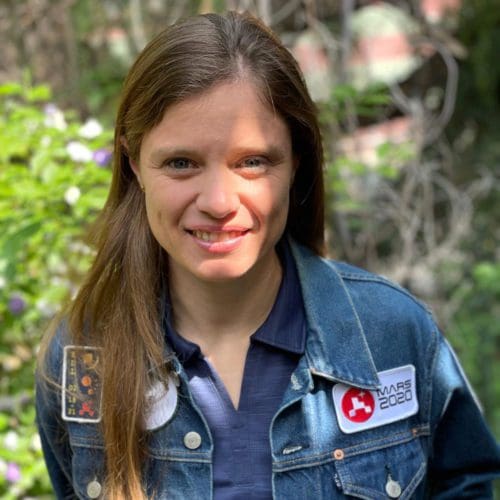
LA CAÑADA FLINTRIDGE, California—Another day at the office: I deal with traffic during my 20-minute commute, then arrive and put the food in the communal fridge. After double-checking that the printer is still not working, I sit down in my cubicle. Then, I start up my computer and analyze data that comes to me from Mars.
Around my desk, photos of my family sit next to images from space missions and scraps of robot parachutes made to collect data from Mars.
This is my work: utterly earthly yet extraterrestrial at the same time.
Drawn toward research and science even as a child
I was born in Argentina but came to the United States at 19. I was part of the mission that put the Perseverance rover on Mars in February 2021. Specifically, I worked on the parachute that made it possible to land correctly.
I first knew I wanted to pursue research and science at the age of 5, on a trip with my grandmother. In Ushuaia, the city at the end of the world, in a penguin refuge, I listened carefully to a friend of hers who was a marine biologist. Her life seemed incredible, and I came back fascinated.
My mom also influenced me, in a completely different way.
She studied to be a veterinarian as she was able while juggling motherhood. One memory stands out: my sister and I in the back seat of the car with my mom driving, heading to Concordia, Entre Ríos, where my uncles lived. During the drive, my mother’s voice, recorded on cassette, filled the car, repeating notes from her classes. She showed me that despite whatever challenges exist, I could always find a way to do whatever I set out to do.
I further honed my interest in high school, when I discovered I liked solving problems, physics, and mathematics. I burned with curiosity about how the world works, and that pushed me to throw myself into engineering.
In 2008 I saw Miguel San Martín, another Argentine, talking about his outstanding role in different NASA missions. I thought that if he made it, there was a chance I could too. My mom was able to get his email, and I wrote to him: his response was the best, encouraging and supportive, and he helped open doors for me, a fellow Latin American wanting to work at NASA.
Watching a historic moment at the center of the universe
I work at NASA’s Jet Propulsion Laboratory (JPL). The campus that houses the JPL Jet Propulsion Laboratory and my office is also the base for the Deep Space Network, which NASA and other space agencies around the world use to communicate with their interplanetary ships. The manager of the building says that it is the center of the universe.
There, we witnessed the landing of Perseverance on Mars. We all wear the JPL uniform to show that we are a team. No one gets to Mars alone; you win or lose together. In my smallest workgroup, we added a special dress code: everyone wore a jean jacket and special patches that we designed for the occasion. The one I used was given to me by my mom when she was 12.
Each mission is the result of ten or more years of work. Nerves and tension run extremely high. I had weird nightmares the whole week before the landing. The pivotal moment itself felt so strange because all the signals arrived seven minutes late—so what we were watching was actually in the past, and we could no longer intervene in anything if there were failures.
However, the parachute worked—I felt so relieved that I hadn’t screwed up. I cried with happiness, jumped up and down, and celebrated. As we were still amid a pandemic, we couldn’t get close to each other to hug.
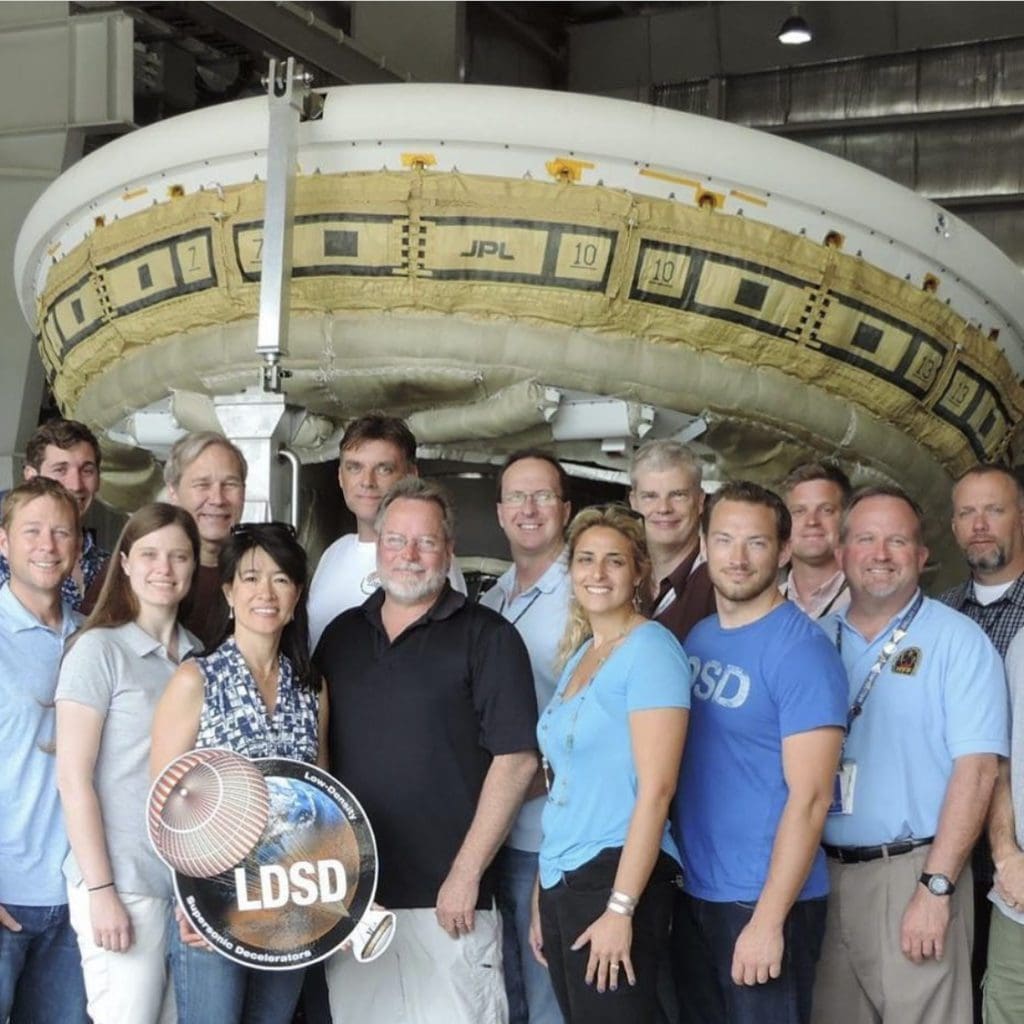
What comes next
Now, I work on projects that won’t come to life for another decade. We get data from Perseverance and piece it together, and if and how the results are different from what we expected. We work with other space agencies to bring back the samples that the robot takes on Mars.
I will see some of the things we’re talking about today come to life when I am retired; meanwhile, the professionals who will be helping them come to fruition are still in school. We are paving the way so they can achieve great things.
It’s a super interesting and exciting time in space exploration—there are so many more opportunities than ever before.
In the area I work, the number of employees with bachelor’s degrees, master’s degrees and Ph.D.’s is pretty much even. A lot of what we do hasn’t been done by anyone else, so it doesn’t always matter how much you studied; after all, this isn’t in any textbook.
Space exploration is worthwhile for what we can learn about our solar system, including the universe’s origins and whether there is life elsewhere. We can look for answers to some of the fundamental questions for understanding our place in the universe.
However, many of the things we learn from Mars help us understand our own planet and the dynamics of how it works. In addition, the technologies developed for space can be used in our day-to-day. For example, the camera that you currently have on your phone was originally developed for an interplanetary mission.
A responsibility to fellow women in science
In the laboratory where I work, I’d say women make up between 25 and 30% of the technical staff. My experience has been, personally, spectacular. But part of being a woman in this position is realizing that my experience, is the exception and not the rule.
I am very grateful for my own path and the people who’ve helped me get here; but it seems to me it is not enough just to be grateful. We who have found success must also try to improve things for those who come after us.
I think it’s part of growing up: looking around at work, noticing that there are engineers and scientists younger than you and feeling you have a responsibility towards them. This responsibility is bigger than any one person or one person’s success.
Women have a long and distinguished history at NASA, but it was half-hidden in the background until recently. Now people are recognizing the important role played by the first “computers” (the women who did calculations) and early computer programmers who pioneered many of the technologies that NASA developed.
One of the most positive things about the pandemic is that it introduced opportunities to give talks and interviews on Zoom and other virtual platforms and allowed me to connect much more with Argentina.
I love when I receive messages and realize that my story resonated with someone, though it is also surreal to think of inspiring someone to follow their passion. Some might see me on TV and think I’m ridiculous, but if even one person sees me and says “I’m going to take my chance,” it’s worth it.
As the coded message we put on Perseverance’s parachute says, “Dare mighty things.”

